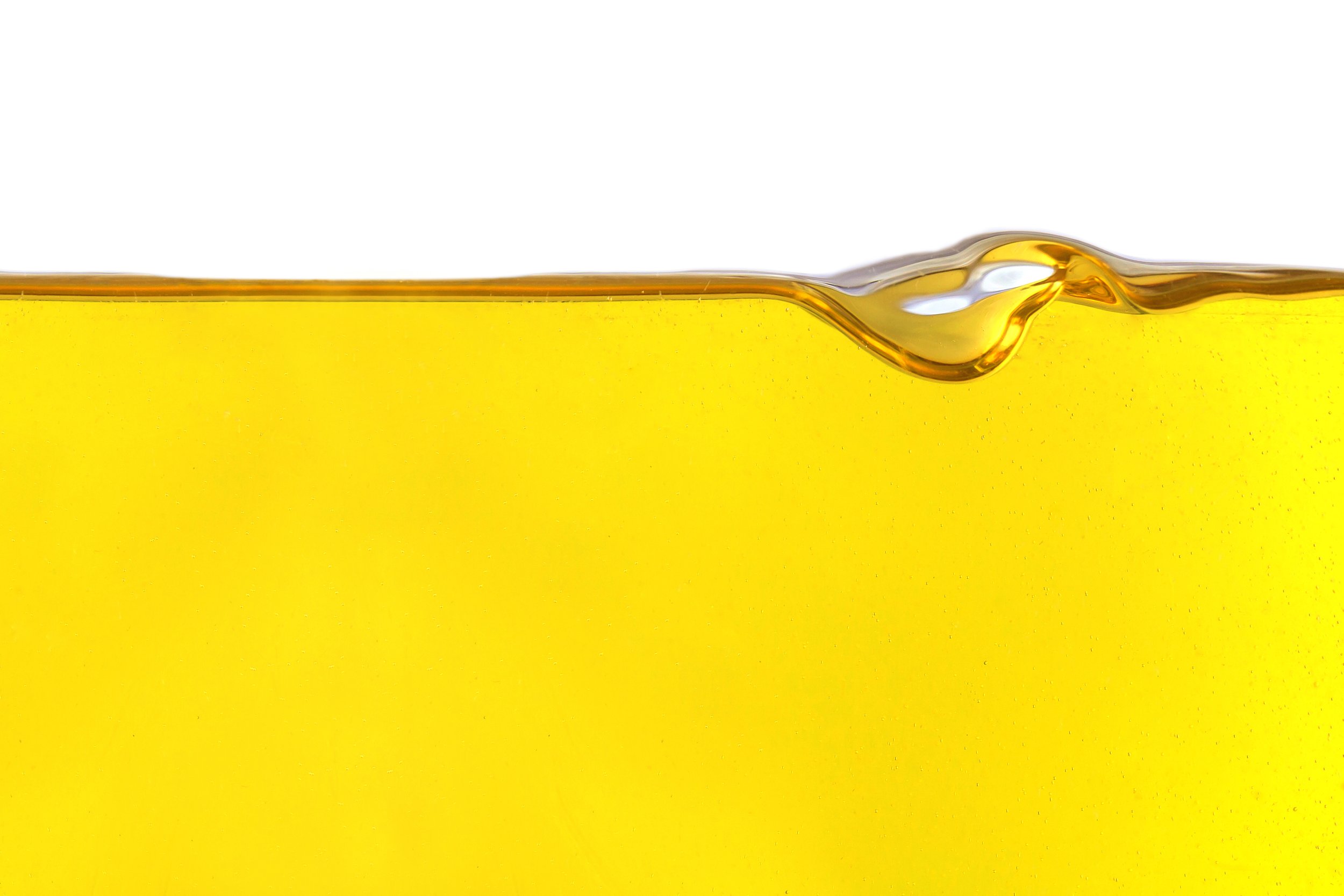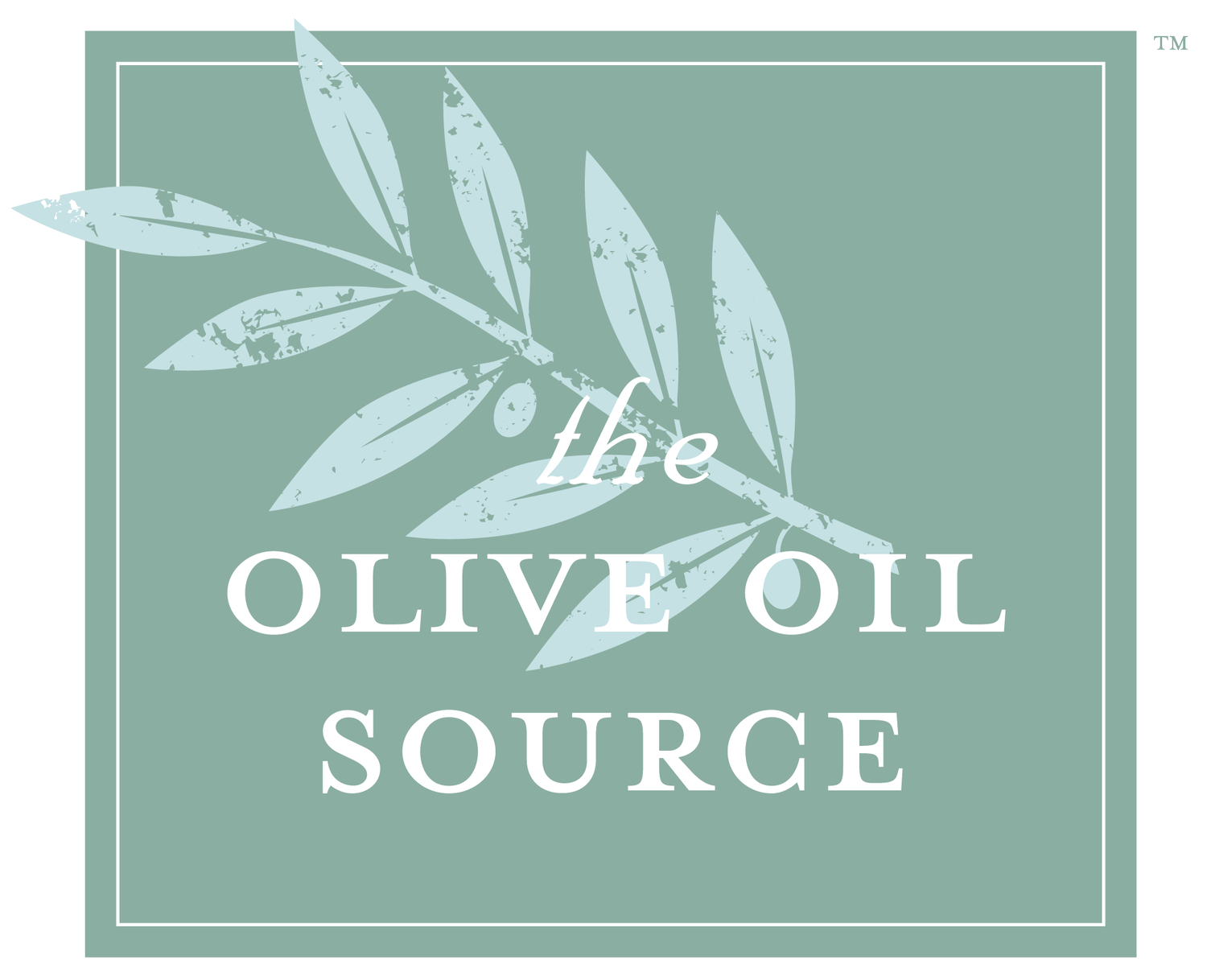
What is in Olive Oil
What are the components that make adding olive oil to your daily diet such a smart idea? So far, medical research has focused on three core areas of nutritional value.
Olive oil is mainly comprised of monounsaturated fatty acids. A healthier type of fat, it reduces total and low-density lipoprotein (LDL or “bad”) cholesterol levels in the bloodstream, while raising high-density lipoprotein (HDL or “good”) cholesterol levels.
High quality extra virgin olive oil, in particular, provides a high content of antioxidants, like polyphenols, vitamins E & K, chlorophyll and carotenoids. Antioxidants are key to strengthening the immune system and protecting the body from the damaging effects of free-radical molecules.
Olive oil contains anti-inflammatory agents, like oleocanthal, that act as a natural ibuprofen-like substance.
Before we go through each of these areas in detail, it is important to point out that not all olive oils are created equal! Extra virgin olive oil is considered the best grade to deliver healthy benefits because it is the least-processed of all olive oils. It could be described as natural olive juice. Without any processed manipulation like excessive heat or chemicals that would change its chemical makeup, extra virgin olive oil maintains the highest levels of healthy components. See our How to Pick an Olive Oil page for more details. There are wide differences even among extra virgin olive oils, in terms of their healthy benefits, depending on how they are made, what type of and how ripe the olives were when they were harvested, how the oil was stored, and many other factors.
For a full description of the chemical characteristics of olive oil, please refer to our Olive Chemistry section.
The content of this web site is not intended to offer personal medical advice. You should seek the advice of your physician or other qualified health provider with any questions you may have regarding a medical condition. Never disregard professional medical advice or delay in seeking it because of something you have read on this web site.

